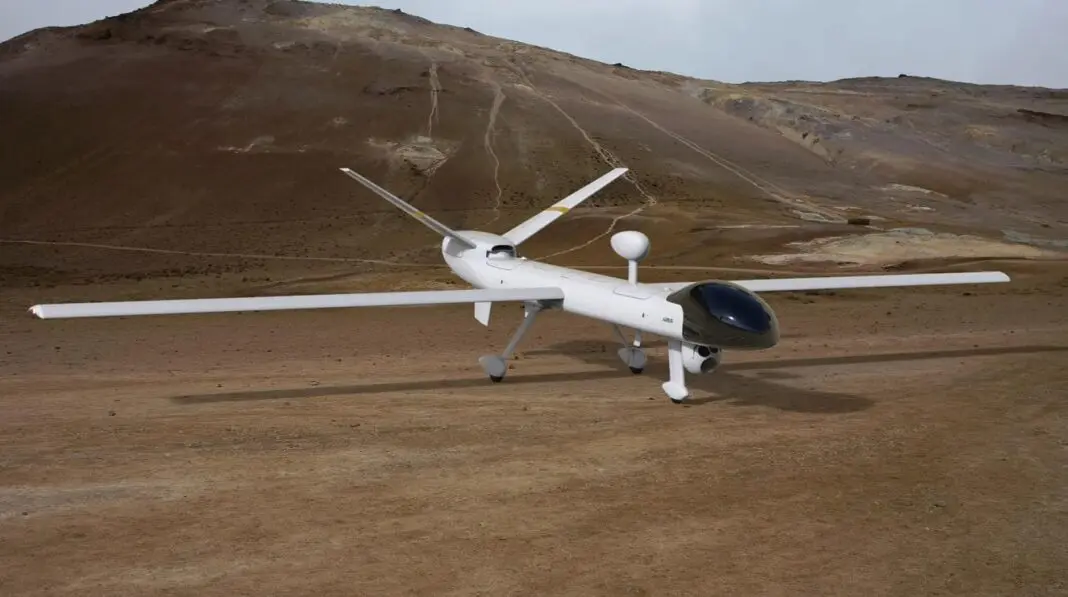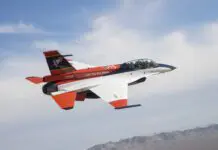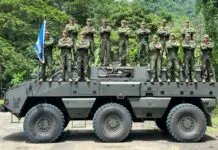The SIRTAP (High-Performance Tactical RPAS System) will mark a milestone for Spain, as it was not only developed to increase the ISTAR (Intelligence, Surveillance, Target Acquisition, and Reconnaissance) capabilities of the Spanish Army and the Spanish Air and Space Force but will also constitute the first Class II/III unmanned aerial system of local design, development, and production.
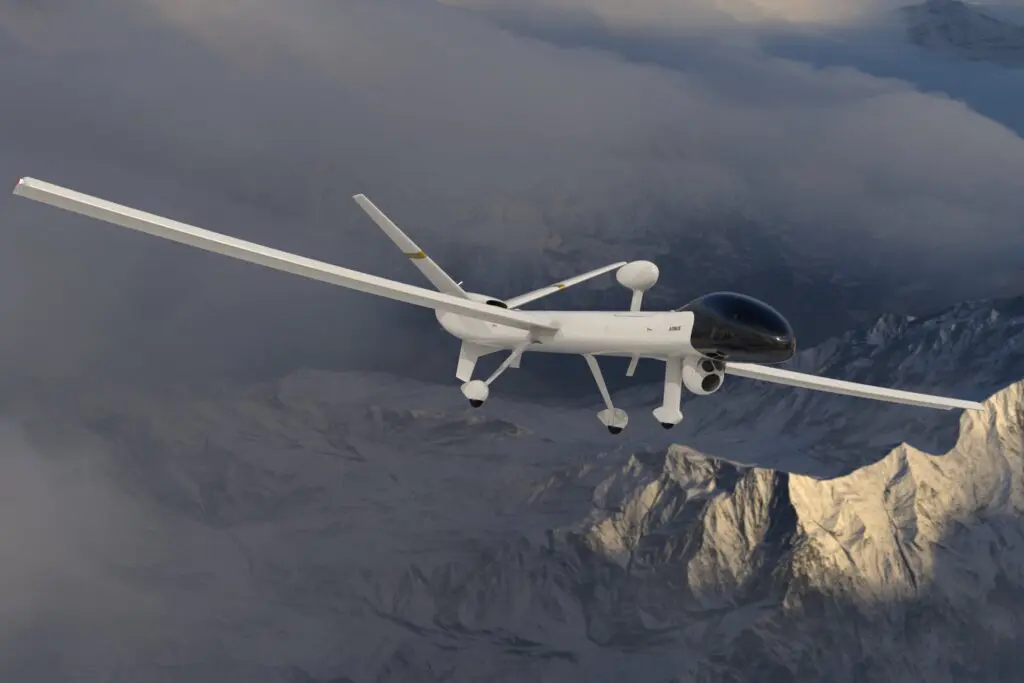
The SIRTAP made progress after Airbus Defence & Space and the Spanish Ministry of Defense formalized an agreement at the end of November of 2023 for the acquisition of 27 SIRTAP units. The contract, which will require an investment of 495 million euros, stipulated that the first units will be delivered starting from 2027.
The acquisition process included authorization for the purchase of the SIRTAP on July 25, 2023. On this occasion, the Spanish Council of Ministers gave permission for the signing of a contract with Airbus Defense & Space for the acquisition of unmanned aerial vehicles destined for the Spanish Army and the Spanish Air and Space Force. The Council of Ministers notified that the agreement included the purchase of a total of nine complete systems, equivalent to 27 SIRTAP drones along with their control stations, simulators, as well as associated services (instruction and training), and the necessary technical and logistical support from the manufacturer.
Each system will consist of three unmanned aircraft and one ground control station, requiring the production of 27 aircraft and nine command, control, and image reception centers. The agreement also includes the delivery of two simulators.
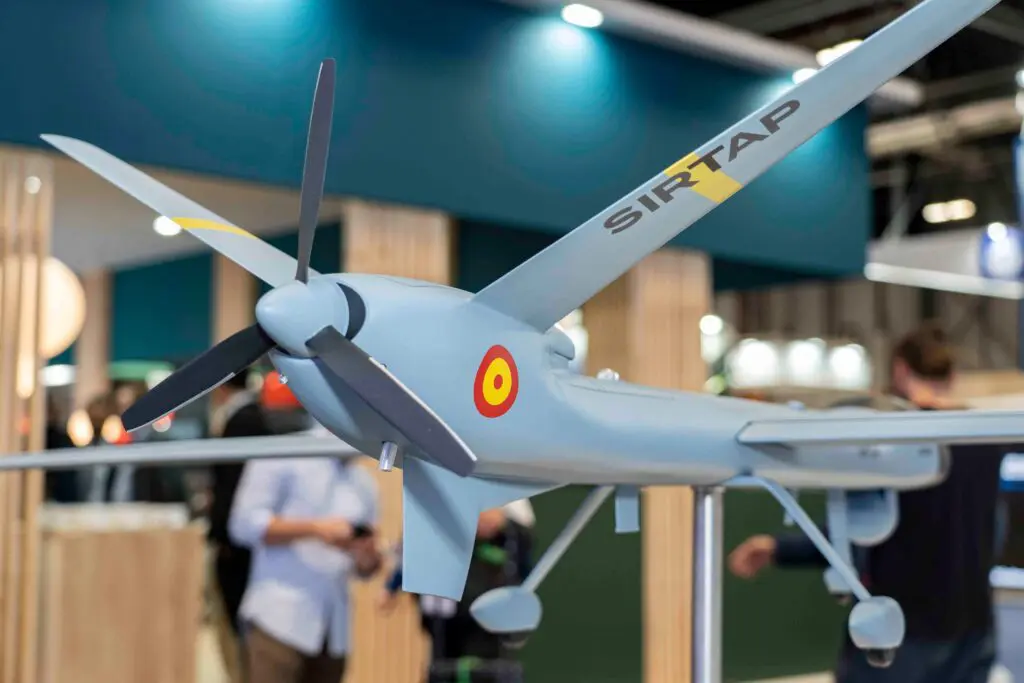
According to the details provided in the latest edition of the Spanish Defense Magazine, the aircraft included in the contract will be manufactured and assembled at Airbus DS facilities in Spain, including the prototypes. “The scheduled timeline is for the first flight to take place in 2025, the first complete system to be received by the Directorate General of Armament and Material (DGAM) starting from 2027, and deliveries to occur progressively until 2030,” the publication stated.
One of the highlights of the SIRTAP is that the program must meet the requirements of the industrial plan presented by Airbus and approved by the DGAM. This plan envisages that the participation of the national industry will be around 70%, although the initiative seeks to nationalize as many components as possible.
The SIRTAP will have a length of 7 meters, a wingspan of 11 meters, a height of 2.2 meters, and a maximum weight of 750 kilograms. Its payload capacity will be 150kg. Regarding its autonomy, it will be up to 20 hours, with a range of 2,000 kilometers. Some of the design features include that “…SIRTAP’s wings and rotor can be easily detached to allow transportation in standard containers, both by land and by air in a transport aircraft like the C295, which can carry two SIRTAPs in a single flight,” as detailed by Airbus.
The SIRTAP will also have an autonomy of more than 20 hours and the ability to operate at an altitude of 21,000 feet. The combination of these performance features with a complete subsystem package will enable the tactical drone to execute intelligence, surveillance, and reconnaissance missions in various geographical environments.

The High-Performance Tactical RPAS System is a drone developed through collaboration between Spain and Colombia, a project in which companies such as Airbus and the Colombian Aeronautical Industry Corporation (CIAC) are involved. Although the Spanish government has backed the program, official approval from Colombia is still pending. Colombia has committed to acquiring six systems.
Cover image: Airbus DS
You may also like: The Argentine Navy prepares the return to service of the Super Etendard aircraft with the arrival of the USS George Washington aircraft carrier


